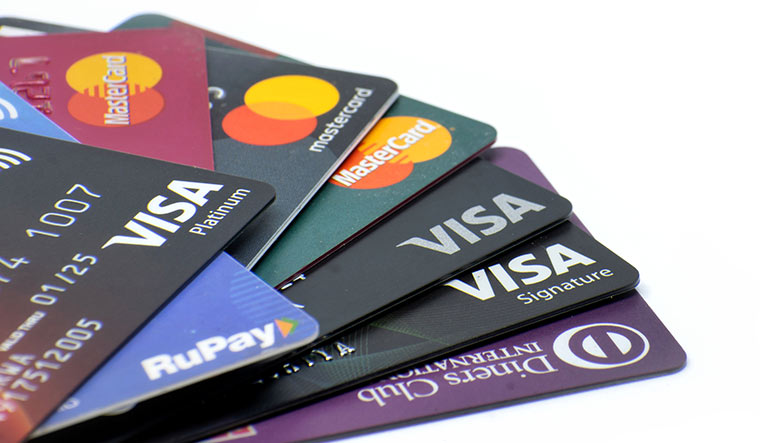Navigating the Credit Card Debt Trap: A Guide for Retail Investors
Source and citation: News article published by ET Bureau on January 18, 2024.
Analysis of this news for a layman
Credit card companies charging high interest rates, up to 42% per year if the outstanding bill is not paid in full by the due date, can lead individuals into a debt trap. The article highlights the example of someone who paid almost the entire bill but still incurred significant financial charges for not paying the full amount. It emphasizes key terms such as grace period, minimum amount due, and the impact of cash withdrawals on charges. Additionally, it stresses the importance of not spending beyond one’s repayment capacity to avoid a debt trap, as even a single default can negatively impact one’s credit score.

Impact on Retail Investors
For retail investors, falling into a credit card debt trap can have severe consequences. High-interest costs eat into investable surplus, impacting the ability to save and invest. Prioritizing credit card repayment over investments may require premature liquidation of existing investments, resulting in the loss of compounding benefits and disrupting investment strategy. Poor credit scores make it difficult to avail loans for significant investments, affecting real estate purchases and tax-saving options. Debt traps also lead to constant stress, impacting mental peace and career growth.
Impact on Industries
The rising credit card debt burden can negatively impact industries like automobiles, consumer durables, real estate, banking, and NBFCs. High-value purchases may be postponed, affecting companies in these sectors. The real estate sector may witness reduced demand for homes, impacting realty firms. Rising defaults can lead to higher NPAs for credit card issuing banks and NBFCs, affecting profits and prompting them to tighten credit norms. Overall discretionary spending taking a hit across sectors dampens economic growth and employment generation.
Long Term Benefits & Negatives
In the long run, rising delinquency rates can force banks and NBFCs to reevaluate their credit card portfolios and risk management frameworks. This can make the credit card sector more resilient and sustainable. Consumers, learning from their debt trap experiences, may become more financially literate, promoting responsible credit card usage. However, consistently rising household debt poses systemic risks, affecting long-term interest rates and limiting RBI’s ability to transmit rate cut benefits.
Short Term Benefits & Negatives
In the short term, cases of individuals being charged exorbitant rates for minor defaults may prompt regulators like RBI to review norms around interest charges, benefiting customers in the longer run. For investors, these cases highlight the need for financial discipline and emergency funds to avoid unmanageable debt. However, banks and NBFCs may face immediate collection challenges and administrative costs. Managing the credit card debt trap requires a balanced approach involving regulators, issuers, and customers.
Understanding credit card terms, spending within one’s means, and staying financially disciplined are crucial for investors to avoid falling into the credit card debt trap.